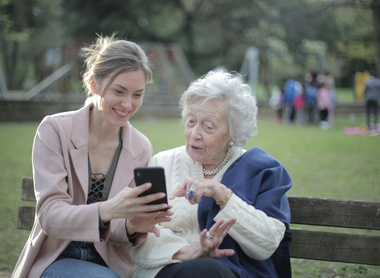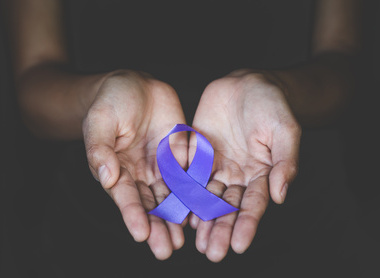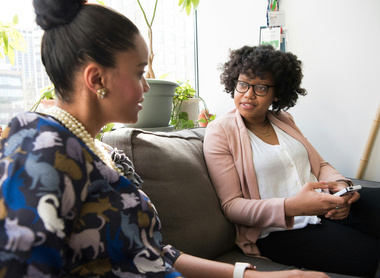Creating healthier communities
Find out how parish and town councils can create healthier communities.
Maintaining good health and overall wellbeing are essential parts of everyday life. Parish and town councils have the potential to substantially impact countless individuals' lives through the provision of critical information, services, and accessibility. The personal nature of health and wellbeing means that these councils play a vital role in catering to the diverse needs of their residents.
Our objective is to illuminate the responsibilities of parish and town councils, promote awareness, and encourage positive transformations within local communities, ultimately contributing to the development of resilient, healthier, and flourishing societies.
Click the images below to discover what your parish and town council can do.

Find out how parish and town councils can create healthier communities.

Find out how parish and town councils can take steps to support Crohn's and Colitis residents.

Find out how parish and town councils can undertake steps to assist individuals with dementia and their families.

Find out how parish and town councils can support residents with epilepsy.

Find out how parish and town councils can take steps to help residents combat loneliness and foster a sense of connection.

Find out how parish and town councils can support residents with mental health issues.

Find out how parish and town councils can help tackle violence against women and girls.
Our health and wellbeing case studies highlight the work that can be done in communities.